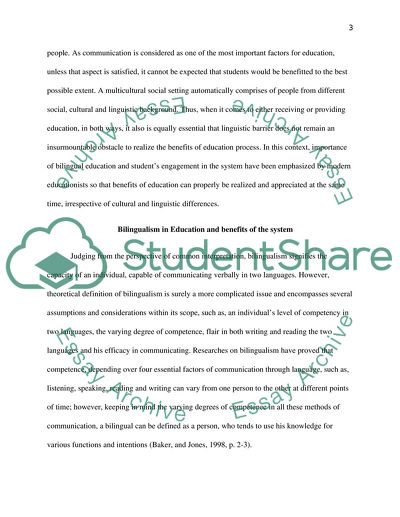Cite this document
(“Effectiveness of Student Engagement in a Bilingual Education Two-Way Research Paper”, n.d.)
Effectiveness of Student Engagement in a Bilingual Education Two-Way Research Paper. Retrieved from https://studentshare.org/education/1739249-evaluation-of-the-effectiveness-of-student-engagement-in-a
Effectiveness of Student Engagement in a Bilingual Education Two-Way Research Paper. Retrieved from https://studentshare.org/education/1739249-evaluation-of-the-effectiveness-of-student-engagement-in-a
(Effectiveness of Student Engagement in a Bilingual Education Two-Way Research Paper)
Effectiveness of Student Engagement in a Bilingual Education Two-Way Research Paper. https://studentshare.org/education/1739249-evaluation-of-the-effectiveness-of-student-engagement-in-a.
Effectiveness of Student Engagement in a Bilingual Education Two-Way Research Paper. https://studentshare.org/education/1739249-evaluation-of-the-effectiveness-of-student-engagement-in-a.
“Effectiveness of Student Engagement in a Bilingual Education Two-Way Research Paper”, n.d. https://studentshare.org/education/1739249-evaluation-of-the-effectiveness-of-student-engagement-in-a.


